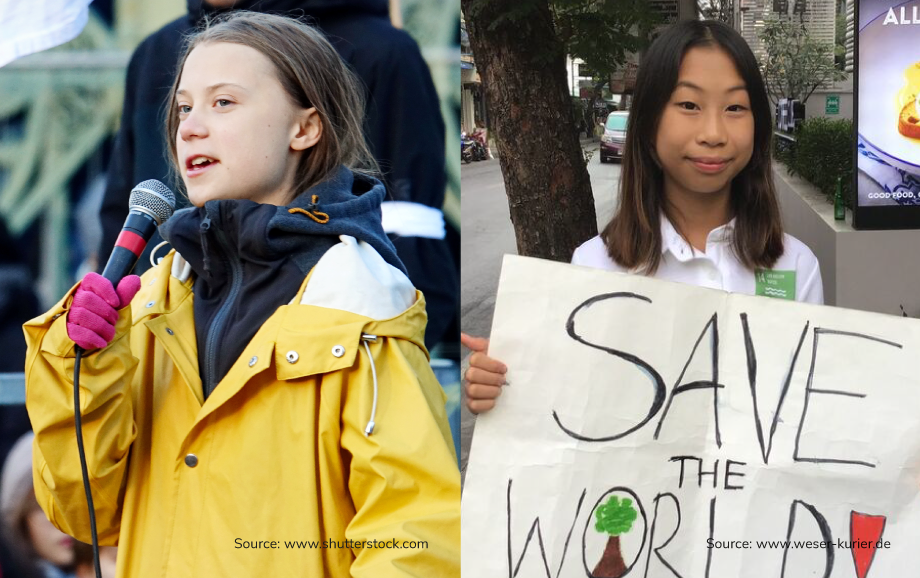How To Develop Your Social Media Strategy
Three easy steps from The Resiliency Initiative for developing your organization's successful, social media strategy.

Even though this is “social” media, it’s not just for socializing. You need a clear and consistent plan to get your message to the right people.
The Resiliency Initiative website recommends three simple steps for developing your social media strategy. Completing these three steps will show you exactly what you need to do to develop your organization’s social media campaigns.
You will need to answer the following questions:
- (What) do you want to communicate?
- (Who) is your audience?
- (How) will you engage your audience?
Read on for a step-by-step process that is designed to help you answer these questions and clearly define your social media strategy.
Step 1. (What) do you want to communicate?
Every social intervention aims to change something. To really make a difference, you need to have a clear picture in mind of what you want to change and why. This will help you develop a clear communication objective.
Make your communication objective as measurable and specific as possible by asking more questions.
- How will I know I have succeeded?
- What targets or metrics can prove that I have achieved my objective?
- What is the time frame for achieving this objective?
Important tip
The more specific and measurable you make your communication objectives, the more focused and effective your communications will be. What actions or behavior changes do you want to inspire in your audience? Your communication objective is not just the number of posters or leaflets you produce. Stay focused. One clear objective would be great!
Use these thought-starters to define your objectives:
Awareness—build knowledge and understanding of a certain topic.
For example: I want to build knowledge about (issue X)
Action—join, visit, sign up, attend, participate, support.
For example:
I want people to sign up for our newsletter.
I want people to sign our pledge/petition.
I want people to donate.
Engagement—change behavior or beliefs.
For example:
I want to show how dangerous drunk driving is so people will stop driving drunk.
I want to challenge community beliefs about (x) so they will stop rejecting people with (x).
Here is an example of a communication objective: to foster better community relations.
A refined communication objective could be: to foster better community relations between youth and elders in order to reduce incidents of physical and verbal elder-abuse in the community in the next two years.
Combine your answers into one sentence or paragraph and refine it.
Before you proceed, it is important to truly understand the challenges of your proposed project. You need to learn from past successes and failures in order to successfully tackle your issue. When in doubt, check with experts to confirm your understanding of the circumstances.
Step 2: (Who) do you want to communicate with?
Identifying who you need to communicate with is key to effective communication. “Everyone” is not a target audience. It’s too broad. You need to be more specific so that your communication will be noticed by the right people.
Think of how fashion is advertised. The clothes are presented in a way that makes a connection with certain people, not everyone. That would be too broad. Certain styles or fabrics may not work in certain climates, don’t appeal to certain people, or don’t fit their budgets. Companies need to know who the clothes are for before they can design an effective advertising campaign.
Define your target audience by age, gender, location, employment, marital and family status, and other relevant demographics.
For example: My target audience is unemployed youth between the ages of 18 and 25 living in city X.
Define your target audience.
Now consider how your target audience thinks, feels, and acts. It is important to understand their habits and attitudes so you can truly connect with them by using the right messages.
For example: They think they will never get a job. They act in a reckless way, because they think their life will be short.
Now think about how your target audience thinks, feels and acts.
Step 3: (How) will you engage your audience?
Use the “3Ms” to engage with your audience:
- Message
- Messenger
- Medium
Your message
What is the one thing you want to say to your target audience?
Your key message should be clear and succinct. Will your message resonate with the audience? Can you make it more appealing? Consider the language, tone, and context. It shouldn’t be condescending or insensitive. Some words can take on positive or negative connotations with different audiences, cultures, and contexts.
Your messenger
Choose a good messenger to help you reach your target audience. Who do you think can most effectively convey your message? The messenger needs to be known and respected by your audience. You can feature them in both online and offline communication.
Credible voices might include:
- Respected organizations.
- Individuals your target audience respects, like sports stars, musicians, or actors.
- Respected faith, community, or youth leaders
One example of a powerful messenger is Greta Thunberg. Climate change has been an issue for decades, and many have tried to raise public awareness,but Thunberg has really connected with her audience and has become an inspiration for young people around the globe. Why? She’s young and direct. She also isn’t afraid to speak truth to power. This makes people listen and has inspired other students to do so, too. Ralyn (Lilly) Satidtanasarn, a young student in Thailand, started campaigning against single-use plastics more than six years ago, when she was eight years old. She, too, makes adults question their actions.
You need to decide who the best messenger will be for your project and how they can help.

Your medium
The best medium (channel or system of communication) for your organization is the one that your audience uses. “Medium” means both the type of platform (app) and the type of content on that platform.
Platforms
You need to consider which platforms your target audience uses so you can use them too.
Content
Consider what type of content suits your target audience.
- Video: short clips or animations
- Texts: slogans, hashtags, or open letters
- Images: photos, memes
- Audio: podcasts or short audio clips
- Comics: short panels or animations
Research what communication tools and content your audience prefers through surveys, interviews, or even direct observation. You will also need to consider your resources and budget. Which channels or platforms are the best to reach this audience? What kind of content will be easily accessible, shareable, and interesting to them?
Make a short list of the platforms your audience uses and the type of content you can create.
“Do No Harm” considerations
What sensitivities exist in your community that you need to be aware of? Is there anything in your communication that could trigger these sensitivities? Check with others, both within and outside your community, to make sure you have thought of everything. You also need to check that your content is accurate and based on evidence.
Sensitive considerations may include certain words, topics, images, symbols, or even colors.
Download your social media communication strategy
Download a worksheet to develop your comprehensive social media strategy. Revisit this at least once a year to assess what you’ve learned, what’s changed, and how your strategy can be further improved. Consider it a living document that can be altered to reflect changes in your organization as well as in the wider community



 Back
Back